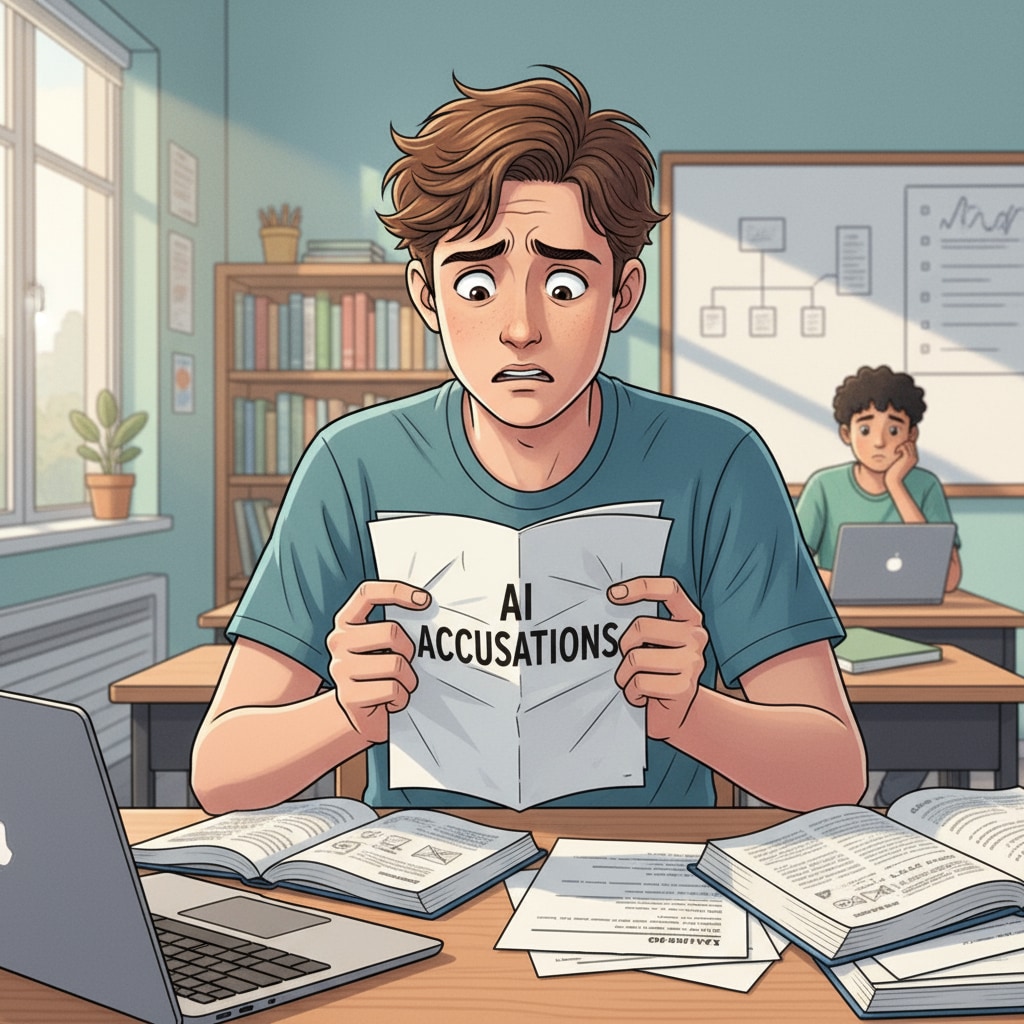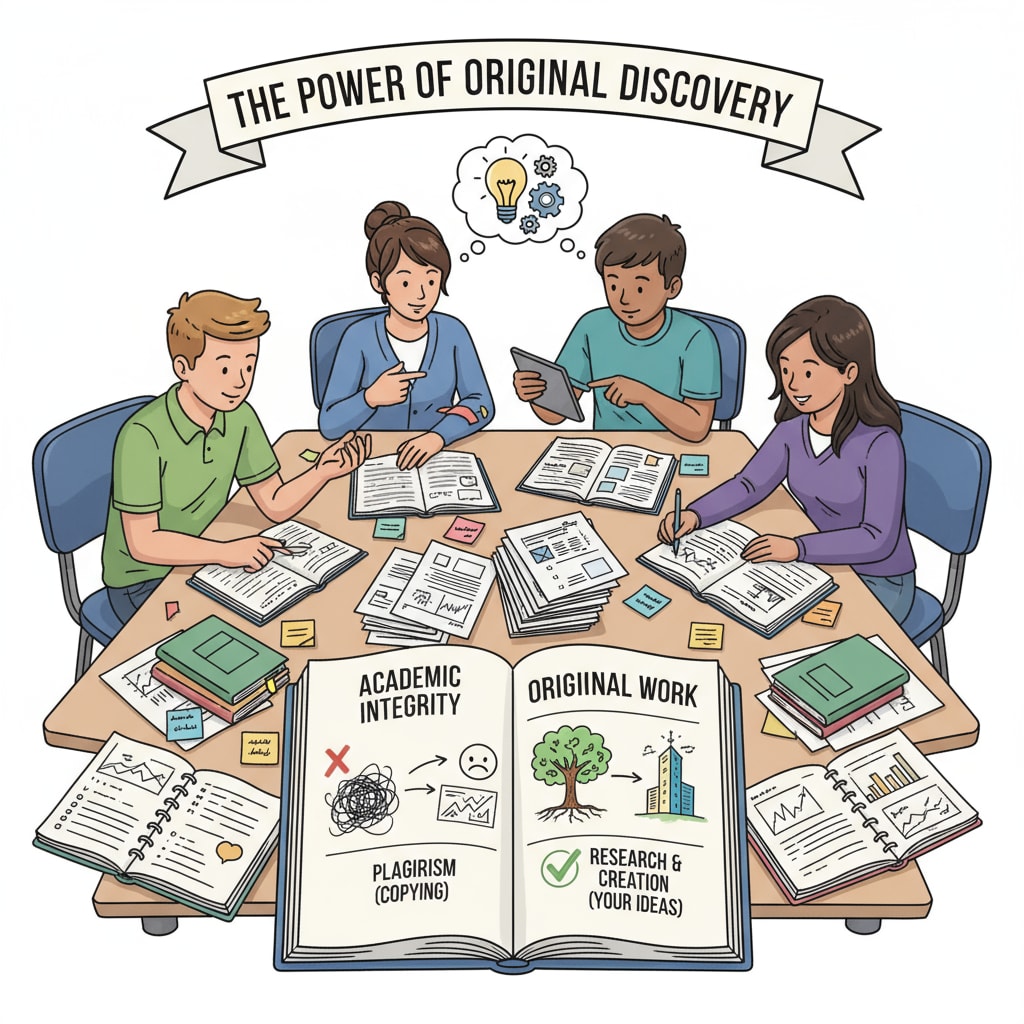Academic integrity, AI accusations, and thesis defense are crucial topics for high school students in today’s digital age. With the increasing popularity of AI writing tools, students may find themselves wrongly accused of using AI to generate their papers. In this article, we will explore how students can navigate these challenges while maintaining academic honesty.

The Rise of AI and the Problem of False Accusations
The development of AI has brought about remarkable changes in the writing field. Tools like ChatGPT can produce seemingly well-written texts in a short time. As a result, educators are becoming more vigilant about potential AI use in student papers. However, this has led to a situation where some students are falsely accused. For example, a student who has spent hours researching and writing their paper may be flagged because the writing style or vocabulary seems “too good” to be true. According to EdSurge, many educational institutions are struggling to accurately distinguish between AI-generated and student-written work.
Maintaining Academic Integrity
Academic integrity is the foundation of a student’s educational journey. It means being honest, responsible, and respectful in all academic activities. When facing AI accusations, students should firmly uphold this principle. First and foremost, students should always do their own work. This involves conducting thorough research, formulating their own ideas, and expressing them in their unique writing style. By maintaining a clear record of the research process, such as keeping notes on sources and drafts, students can prove that the work is their own. As stated on Carnegie Mellon University’s academic integrity page, academic integrity encompasses multiple aspects like honesty in data collection and citation of sources.

When dealing with AI accusations, students need to take proactive steps. The first step is to communicate openly with the teacher. Politely explain the process of writing the paper, including the research methods, the time spent, and any challenges faced. Provide evidence such as early drafts, outlines, and notes from the research phase. These materials can help the teacher understand that the work is original. In addition, students can offer to rewrite parts of the paper in front of the teacher or during an in-class setting to demonstrate their writing skills.
Readability guidance: As seen above, we use short paragraphs to clearly present key points. Each H2 section has a list or clear explanation. The use of active voice prevails, and we’ve added transition words like “however”, “as a result”, and “in addition” to enhance readability.


